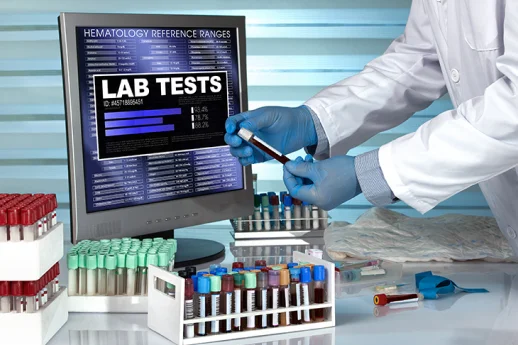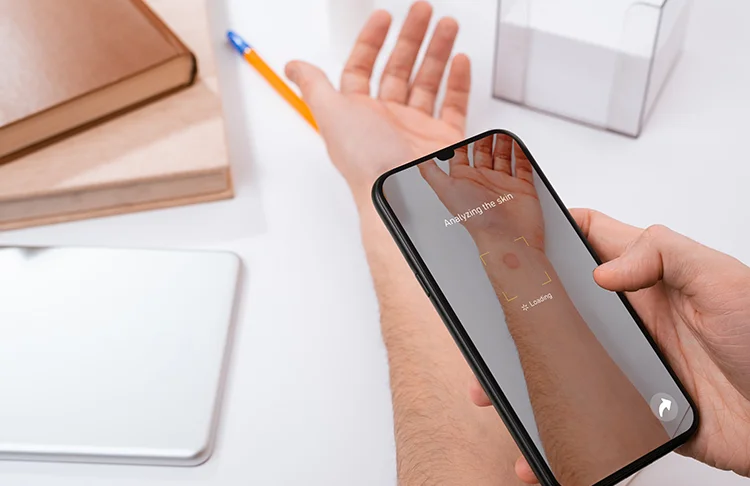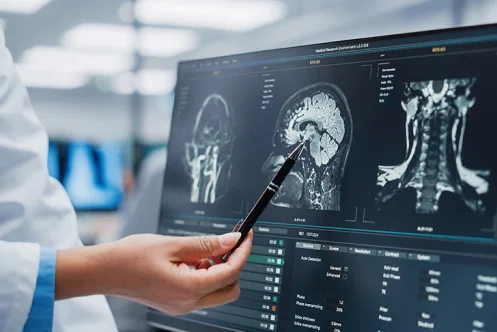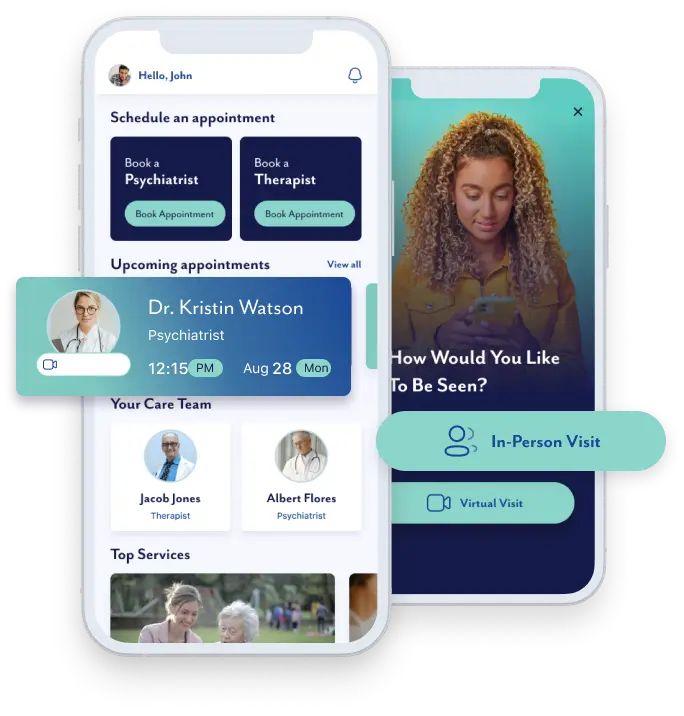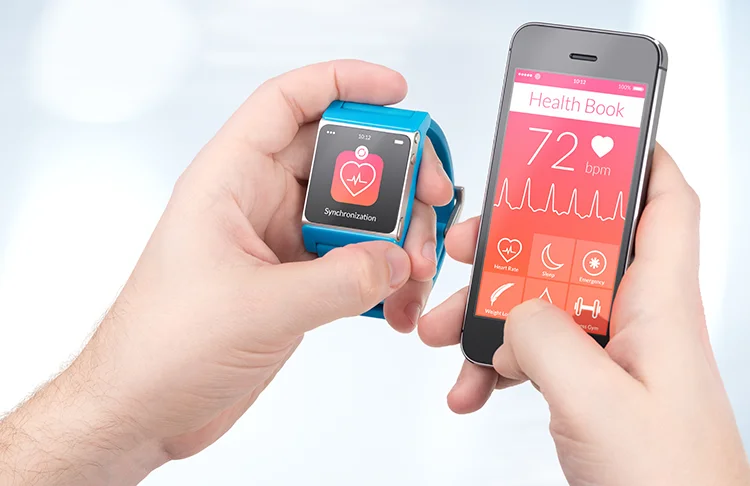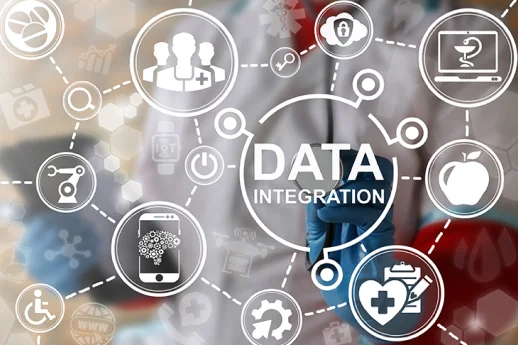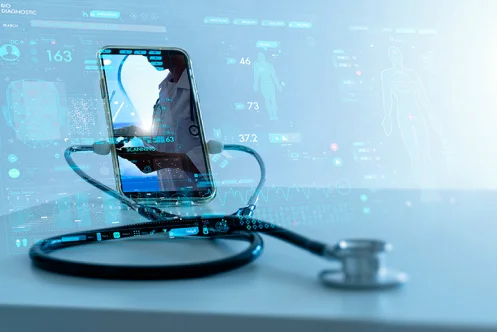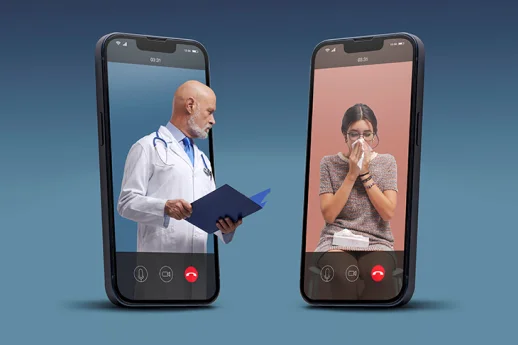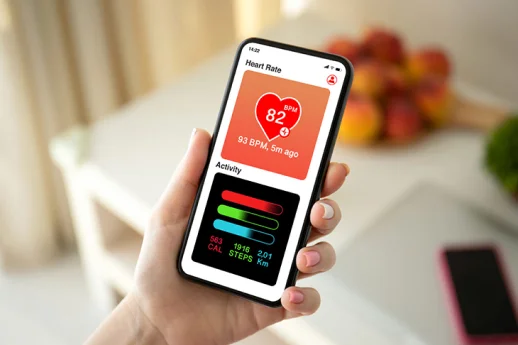Medical Device Software Development for Manufacturers
Our expertise lies in creating secure FDA-cleared SaMD and medical device software. It builds on a foundation of rigorous architecture and proven project management practices.
Our Valued Customers
Technology That Makes a Difference In People’s Lives
We help you develop medical device software that meets regulatory standards such as FDA or EMA. With the capability of integrating new technologies into existing systems.
Customized Medical Device Software Development Offerings
Medical Device Software for Smart Hospitals
Seamlessly integrate hospital management software with SaMD. Optimize workflows and centralize control over connected medical devices.
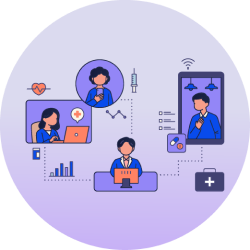
Medical Device Software for Home Monitoring
Customize software for in-home medical devices. Connect data with clinicians and help patients through seamless app integration.
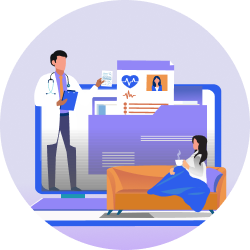
Connecting Medical Devices with 3P Software
We Integrate medical device software with telehealth, mHealth apps, and EMRs. We can also make your pharmacy management interoperable, analyze device data, and expedite clinical decisions through quick reports.
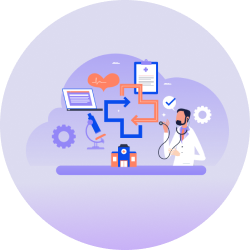
Testing and Validation
We put user needs at the core of our rigorous testing and validation processes. This makes the medical device software effective, intuitive and safe for everyone.

Why Choose Us for Medical Device Software Development
Driving Enhanced Outcomes
We help patients manage their health with real-time insights. We reduce human error with precision and safety and assist healthcare practitioners in making quick and accurate decisions.
Learn MoreDriving Enhanced Outcomes
Personalizing Patient Experiences
We help manufacturers through medical device software development to provide personalized patient experiences.
Learn MorePersonalizing Patient Experiences
Bottom Line Improvement
We reduce healthcare costs by automating tasks and reducing hospitalizations. This leads to significant cost savings and improved financial sustainability and care quality.
Learn MoreBottom Line Improvement
Case Studies: How We Helped
We partnered with healthcare providers and entrepreneurs to solve global health challenges. Learn more about how Folio3 Digital Health uses its clinical brains to deliver meaningful solutions to healthcare organizations, institutions, startups, and support networks.
Healthcare Development Tech Stack
We have state-of-the-art technologies to create healthcare solutions that effortlessly integrate with your existing infrastructure while staying ahead of industry trends.
How Our Software Development Process Work?
01
01
02
02
03
03
04
04
05
05
Client Testimonials










Kudos to your team for outstanding work in the discovery phase! Your team understood our business and workflows by asking the right questions and extracting the most useful information. Your team's ownership and results-oriented approach are commendable.
Shaukat Zakaria
CEO at HealthQuest
I’d like to thank everyone for their extra work and making the first release possible before the actual date. I'm overjoyed to see the practical aspect of our application come to life today and hoping to build great products with Folio3.
Maker Athian
Founder at iVision
We've successfully completed the first MVP and I appreciate everyone's efforts especially for the identical parts of the apps and now we have a live product on AWS through your excellent work. Thank you !
Maker Athian
Founder at iVision
I appreciate your remarkable work during the recent Laboratory service phase. Your determination, analytical thinking, and continuous efforts were crucial in overcoming challenges and achieving success. I appreciate your help as we collaborate to create fantastic items.
Maker Athian
Founder at iVision

Working with the folio3 team has been a great experience. Your dedication, creativity, and adaptability in overcoming challenges for the Moodology app project are truly commendable.
Azhar Ali
Director At AiGenics


Team Folio3 brought my dream app to reality, they explained every step to our non technical team professionally. wireframe and design processes were outstanding & they built stunning and perfectly integrated application. I think both patients and clinic will be significantly benefited.
Elizabeth Miazga
MD FRCSC at Saint Michael's Medical Center

Our Latest
Healthcare Insights
Frequently Asked Questions
FDA has defined software as a medical device to improve the medical outcomes for patients. They allow the usage of SaMD to provide benefits. The FDA only allows medical device software that they have already approved. They also regulates the medical devices software (SAMD) to make sure that the software in place is safe and relatively risk-free.
Folio3 is a software solution provider delivering software solutions in all domains for over 15+ years. There are multiple reasons why Folio3 is the most ideal company for software development in medical fields.
The benefits provided follow ISO9001 standards, including medical domain experts in the team, making use of newer technology, and providing extensive documentation. These multiple benefits are critical when hiring the best software companies that are approved by the FDA.
The most optimal way is the standard procedure developed by Folio3 for software medical devices:
- Business case is defined.
- Stakeholders are called for a meeting.
- Software requirements are specified.
- Domain experts analyze the domain and start to design the technical architecture.
- Folio3 developers start to develop code for the software.
- The code is simultaneously tested for errors by the software quality engineers.
- The system is integrated, and the entire system is validated as a single unit.
- Finally, the usability evaluations, clinical evaluations, and instructions are documented.
This is perhaps the best software development lifecycle for a software medical device as this is extremely detailed, which helps in getting FDA approval as no documents are missing and all standards are met. A working solution is developed promptly, and the software design for medical devices is built to successfully encourage digital health.
The software as a medical device costs a huge amount of money. According to research conducted by Starfish Medical, they concluded that the total amount of capital required to construct a Class II 510(k) FDA-approved medical device would cost around $30 million. The software development and design for medical will cost almost $2-5 million of this total $30 million budget.
Approval costs for a Class III medical device that is in the process of premarket approval, needs $94 million, with almost 80% spent on testing and revision phases outlined by the FDA.
To cut extra costs, it is preferred to hire the services of a company that can provide an all-in-one solution package, such as Folio3.
The medical device software development process has several stages that allow the final software for medical devices to be developed. Medical device software companies follow their development processes.
Folio3 follows a process that is based on the latest international standards, their own company experience, and the rules and regulations of the FDA. The process phases are planning, code development, testing, usability design, hardware integration, and software testing as a single unit.
The development process of Folio3 ensures that there is no lack in the software and no revisions are needed, which helps cut significant costs.


